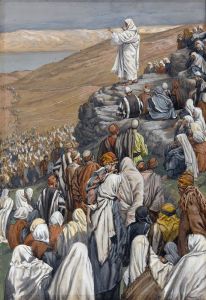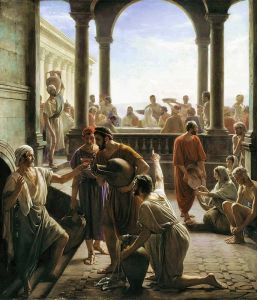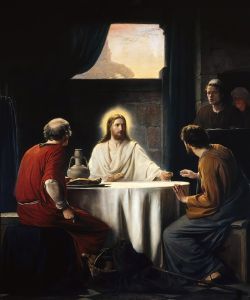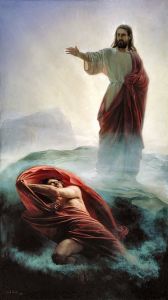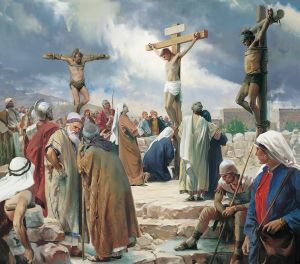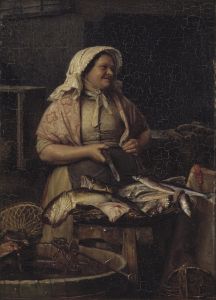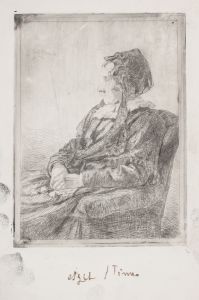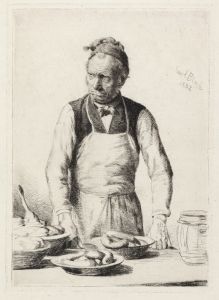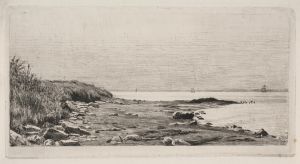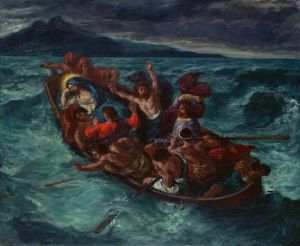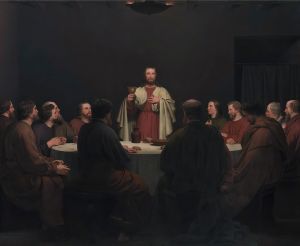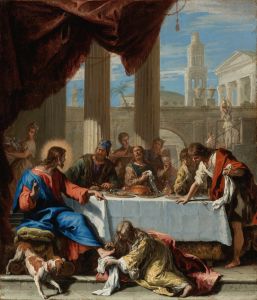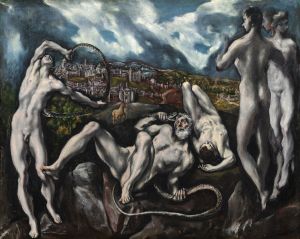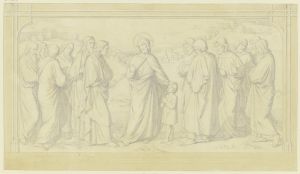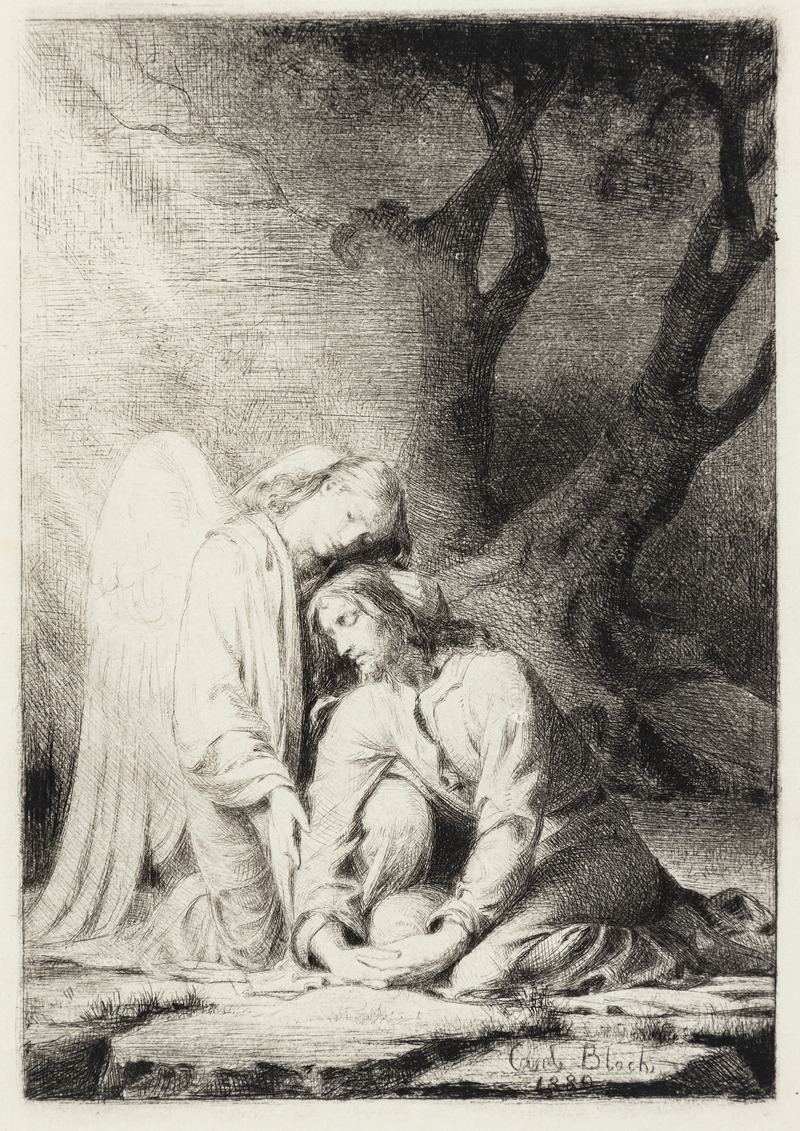
Christ in the Garden of Gethsemane
A hand-painted replica of Carl Bloch’s masterpiece Christ in the Garden of Gethsemane, meticulously crafted by professional artists to capture the true essence of the original. Each piece is created with museum-quality canvas and rare mineral pigments, carefully painted by experienced artists with delicate brushstrokes and rich, layered colors to perfectly recreate the texture of the original artwork. Unlike machine-printed reproductions, this hand-painted version brings the painting to life, infused with the artist’s emotions and skill in every stroke. Whether for personal collection or home decoration, it instantly elevates the artistic atmosphere of any space.
Carl Bloch's Christ in the Garden of Gethsemane is a significant religious painting created by the Danish artist Carl Heinrich Bloch (1834–1890). Bloch is widely recognized for his contributions to religious art, particularly his depictions of scenes from the life of Jesus Christ. This painting is one of his most notable works, illustrating the biblical event of Jesus praying in the Garden of Gethsemane, as described in the New Testament.
The painting portrays the moment when Jesus, on the night before his crucifixion, retreats to the Garden of Gethsemane to pray. According to the Gospels, Jesus experiences profound anguish and sorrow as he contemplates his impending suffering and death. Bloch captures this emotional intensity with a focus on Christ's solitary figure, kneeling in prayer, bathed in a soft, divine light. The composition emphasizes Jesus' humanity and vulnerability while also conveying his spiritual strength and submission to God's will.
Bloch's use of light and shadow is a defining feature of the painting. The contrast between the dark, foreboding background of the garden and the gentle illumination surrounding Christ highlights the spiritual significance of the moment. The angel, depicted as a comforting presence, offers solace to Jesus, symbolizing divine support during his time of trial. This element aligns with the Gospel of Luke (22:43), which mentions an angel appearing to strengthen Jesus.
The painting is part of a larger series of works commissioned by the Frederiksborg Castle in Denmark. Between 1865 and 1879, Bloch created 23 paintings depicting scenes from the life of Christ for the castle's chapel. These works were intended to replace earlier paintings destroyed in a fire in 1859. Bloch's series gained widespread acclaim for its emotional depth, technical skill, and ability to convey the spiritual essence of the biblical narratives.
Christ in the Garden of Gethsemane has since become one of Bloch's most reproduced and recognized works. It has been particularly influential in Christian communities, where it is often used in religious settings and publications to illustrate the story of Jesus' suffering and prayer in Gethsemane. The painting's enduring popularity is a testament to Bloch's ability to connect with viewers on a deeply emotional and spiritual level.
Carl Bloch's work continues to be celebrated for its artistic and devotional significance. His paintings, including Christ in the Garden of Gethsemane, remain an important part of the religious art tradition and are admired for their ability to bring biblical stories to life with profound empathy and reverence.





